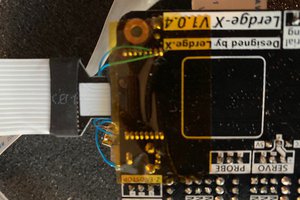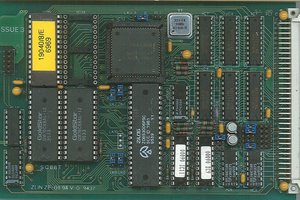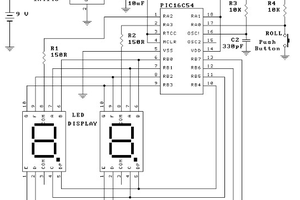The main differences between the E6400 and the T400 are the SuperIO, the EC, and the use of DDR2 RAM instead of DDR3. The SuperIO is supported by coreboot, so it should just be a matter of including it in one of the files, but I may have to write new code for the EC (if there even is one, I haven't found conclusive evidence that there is one).
DDR2 is supported for the GM45 chipset in coreboot, and looking through the code, there doesn't seem to be any mainboard specific code for the RAM, so it likely does not matter.
update: Apparently I read the page on the coreboot wiki wrong, support for DDR2 is not implemented. So I will have to write that code to get coreboot working on this laptop. Luckily there are other chipsets that have support for DDR2, so I may be able to use some of that code)
This is my first coreboot port, so I will be learning how things work as I go along.
My code will be mirrored on my github, under the e6400Port branch.
 Nicholas Chin
Nicholas Chin
 J.C. Nelson
J.C. Nelson
 Keith
Keith
 Ken Yap
Ken Yap
 agp.cooper
agp.cooper